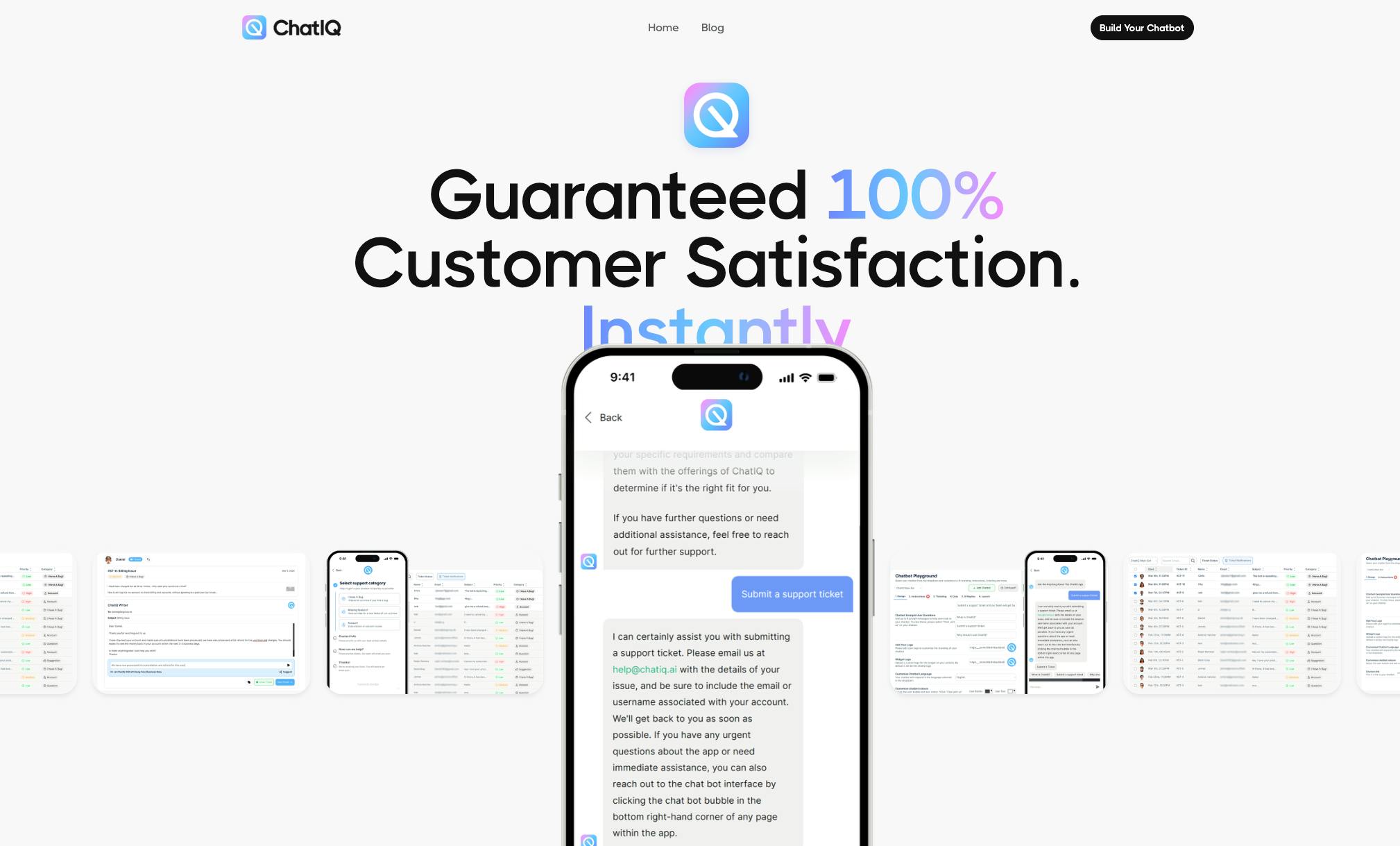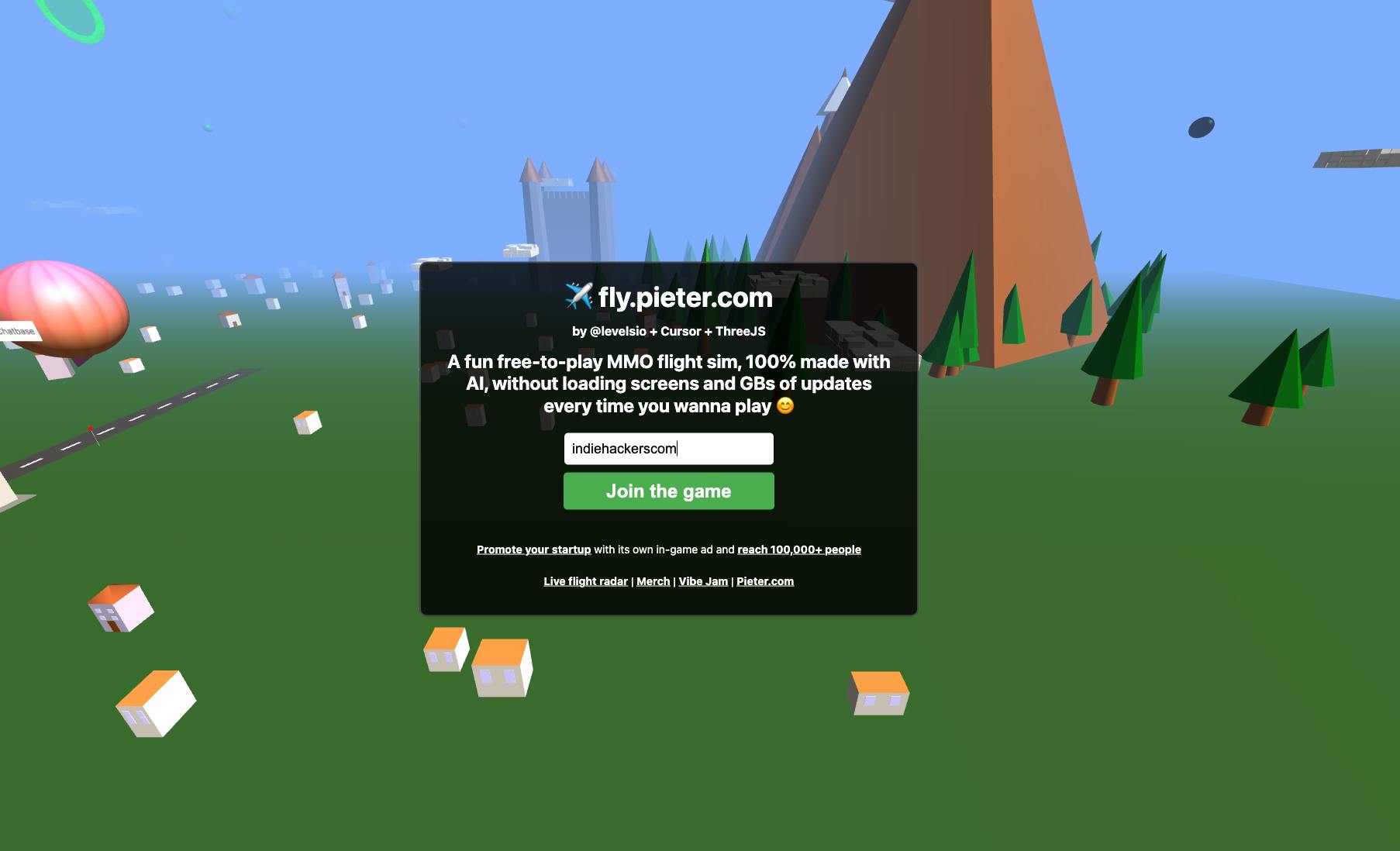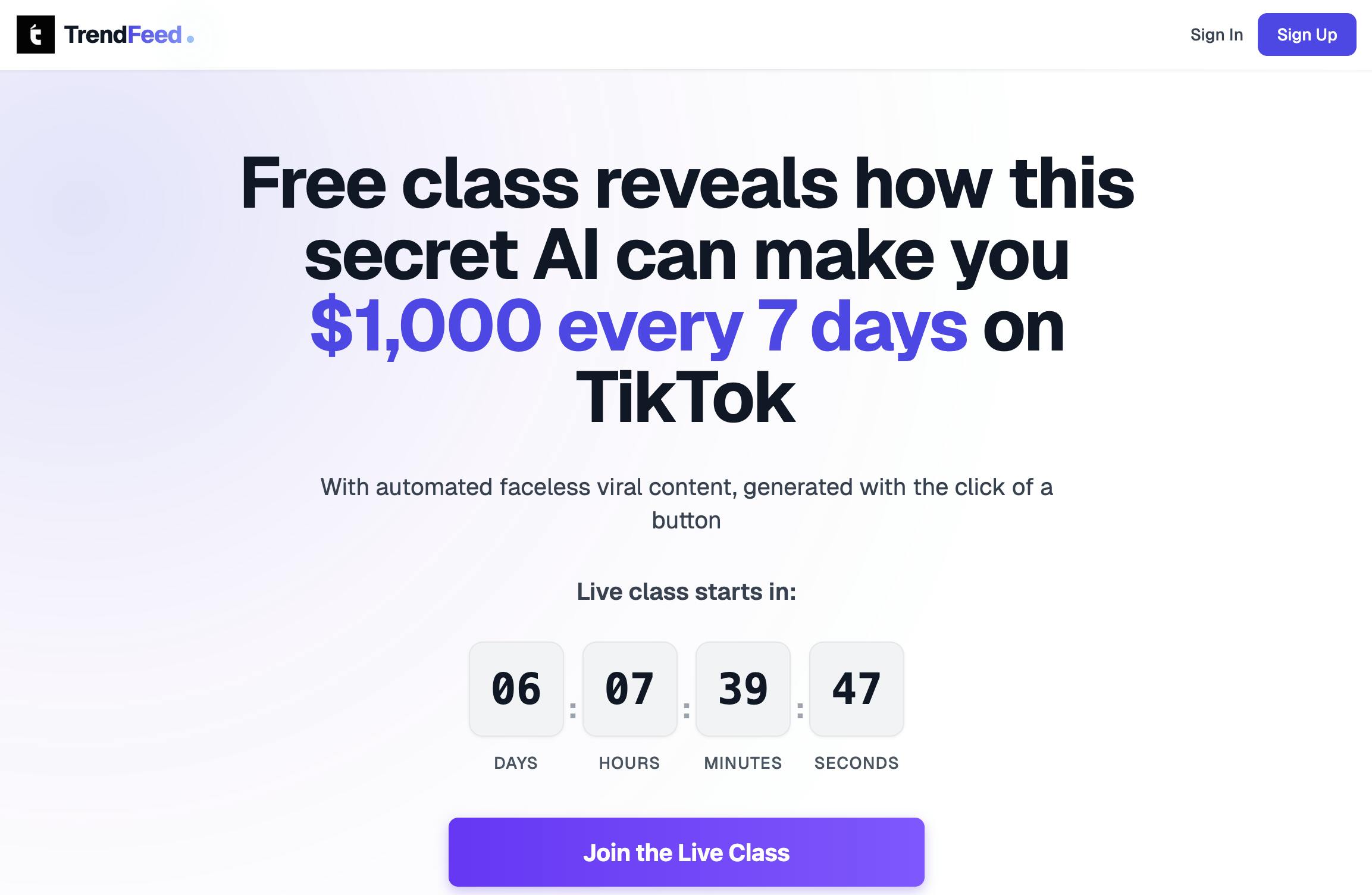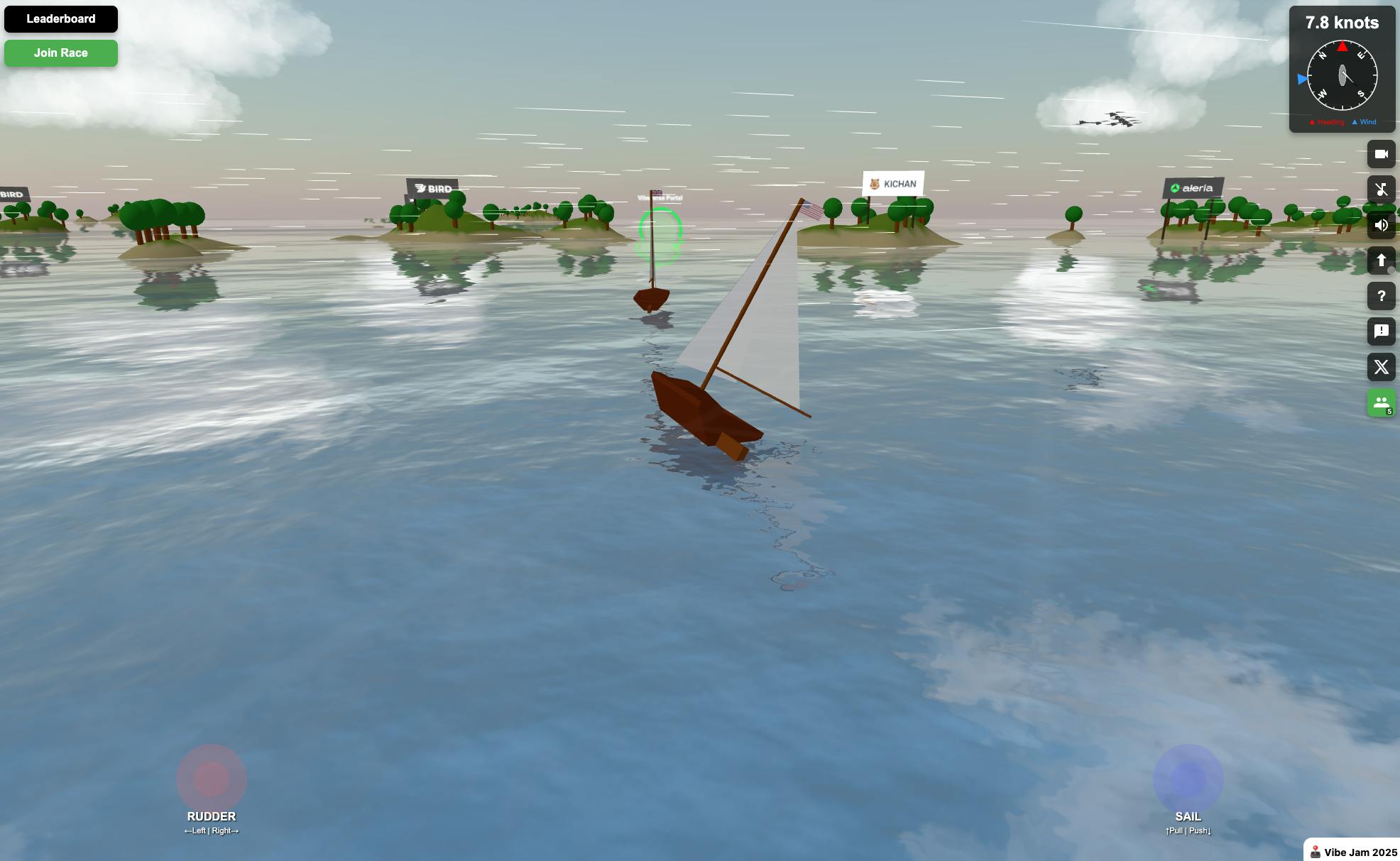Vibe coding examples: 4 revenue-generating apps built with
AI
A roundup of successful vibe-coded applications with publicly available revenue figures and technical breakdowns.
- At-a-glance: The 4 vibe-coded apps
- ChatIQ (customer support bot): $2K MRR
- Fly (flight simulator): $12K MRR
- TrendFeed (content discovery): $10K MRR
- Vibe Sail (sailing simulator): $8K MRR
- Further reading
"It won't scale." "The code quality will be terrible." "No serious customer would pay for that."
Skeptical statements like these have dominated the conversation ever since Andrej Karpathy introduced the concept of "vibe coding" — when you build apps primarily through prompting AI models to write the code.
But a growing cohort of entrepreneurs has ignored the critics to make real products that are making real money.
This post is about these products. We'll cover the basic details of each app but we'll also go deeper, digging into their revenue numbers, the backgrounds of their founders, the AI tools used to create them, and more.
Let's start with an at-a-glance look at each app and its performance.
At-a-glance: The 4 vibe-coded apps
ChatIQ (customer support bot): $2K MRR

Product description
AI-powered customer support chatbot and ticketing system trained on your business data.
Revenue snapshot
$2,000 MRR / $24,000 ARR as of May 2025
Monetization model: SaaS subscription tiers with pricing based on usage volume
Founder background
Sebastian Volkis, solo non-technical founder from London
Started with no coding experience, learned through building with AI tools
Tech stack and AI tools
Front-end: Initially built with Bubble.io, later transitioned to Next.js
Back-end: Serverless functions on AWS Lambda
AI: Claude Opus, GPT-4, OpenAI embeddings
Key vibe-coding moments
Approximately 80% of code generated using AI coding tools
Transitioned from no-code to full-stack development guided by AI assistance
Launch timeline
2023: Initial MVP launched using Bubble.io
Early 2024: Reached first $3,000 MRR within 30 days of launch
2024: Rebuilt application with AI-assisted coding, reaching 11,000+ users
Try the app
Fly (flight simulator): $12K MRR

Product description
A free multiplayer flight simulator built entirely with AI in just hours.
Revenue snapshot
$12,000 MRR / $144,000 ARR as of May 2025
Monetization model: Microtransactions ($29.99 F-16 plane) and in-game advertising
Founder background
Pieter Levels, solo founder and digital nomad known for multiple successful bootstrapped projects
Non-game developer who built the game with zero prior game development experience
Tech stack and AI tools
Front-end: Vanilla HTML, JavaScript with Three.js
Back-end: WebSockets, PeerJS for multiplayer functionality
AI: Cursor AI code editor, GPT-4, Grok 3, Claude 3.7 Sonnet
Key vibe-coding moments
Built initial prototype in just 3 hours using AI prompts, asking to "make a 3D flying game in the browser"
Approximately 90% AI-generated code with minimal manual adjustments
Launch timeline
February 2025: First commit and initial prototype built in three hours
February 2025: Public launch and viral growth after Elon Musk shared it on Twitter/X
March 2025: First revenue from in-game aircraft purchases and ad placements
Try the app
TrendFeed (content discovery): $10K MRR

Product description
AI-powered content discovery platform that identifies viral trends for content creators.
Revenue snapshot
$10,000 MRR / $120,000 ARR as of March 2025
Monetization model: SaaS subscription with annual discount options
Founder background
Sebastian Volkis, solo founder (same creator as ChatIQ)
Self-taught developer who learned to code through AI tools
Tech stack and AI tools
Front-end: Next.js with Tailwind CSS
Back-end: Node.js serverless architecture
AI: GPT-4, Claude, Replit
Key vibe-coding moments
Initial prototype built in just four days using AI
Approximately 75% AI-generated code with manual refinements
Launch timeline
February 2025: Development started
March 2025: Public launch
March 2025: Reached $12,000 in first four weeks
Try the app
Vibe Sail (sailing simulator): $8K MRR

Product description
A relaxing multiplayer 3D sailing simulator playable directly in your browser.
Revenue snapshot
$8,000 MRR / $96,000 ARR as of April 2025
Monetization model: In-game advertising on islands, branded yachts, and airborne banners
Founder background
Nicola Manzini, solo founder with JavaScript development experience
Initially inspired by Pieter Levels' Fly simulator success
Tech stack and AI tools
Front-end: Three.js for 3D rendering in browser
Back-end: WebSockets for multiplayer functionality
AI: GPT-4, GitHub Copilot for code generation and physics simulation
Key vibe-coding moments
Leveraged AI tools like Cursor with Three.js to rapidly iterate on sailing physics
Approximately 85% of code AI-generated, with custom refinements for sailing mechanics
Launch timeline
February 26, 2025: Initial development began
March 2025: Domain secured and basic gameplay established
April 2025: Monetization implemented through in-game advertising
Try the app
Further reading
Want to read more about vibe coding and AI-assisted development? The Indie Hackers Vibe Coding Hub has plenty more tools, insights, and real-world examples about building profitable products with AI assistance:
